Building a bridge using a semi-trailer may seem like an unconventional yet innovative approach to tackling temporary crossing needs or improving accessibility in limited resources scenarios. This guide aims to provide a structured methodology, equipment considerations, and practical insights for achieving this objective effectively.
1. Understanding the Concept of Building a Bridge with a Semi-Trailer
1.1 What is a Semi-Trailer Bridge?
A semi-trailer bridge leverages the robust construction of a semi-trailer, typically made of steel or aluminum, to create a temporary or permanent crossing over obstacles like streams, small ditches, or even entrees into construction sites. This type of bridge serves as a quick solution for weight-bearing needs and can be utilized in various environments.
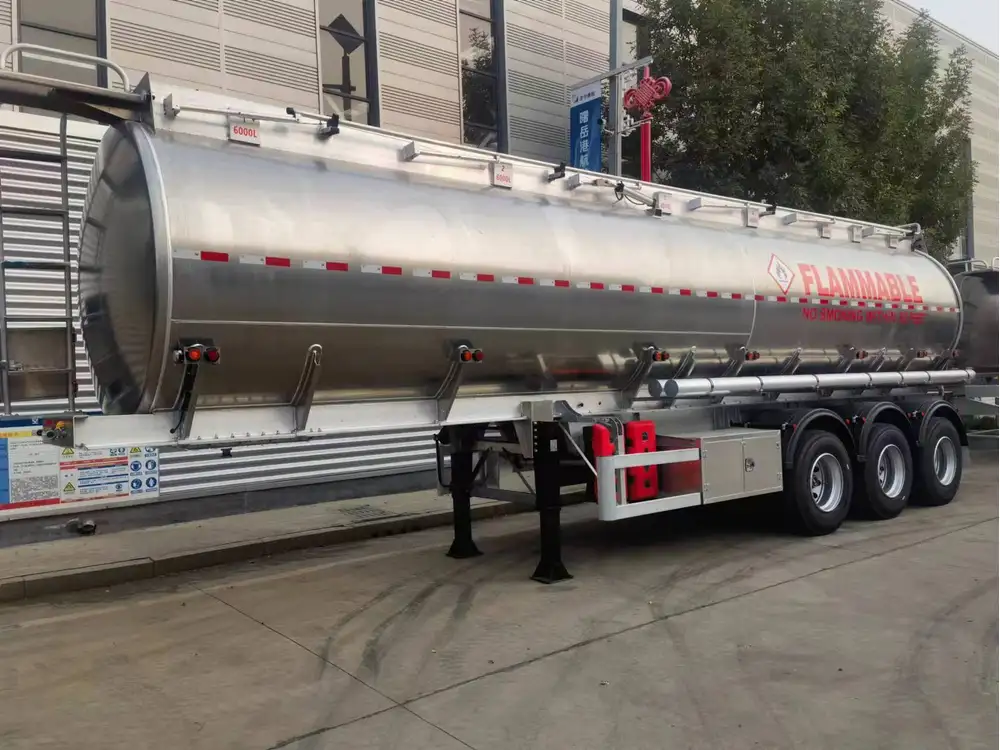
1.2 Applications of Semi-Trailer Bridges
- Construction Sites: Providing access for heavy machinery across uneven ground
- Emergency Services: Facilitating quick crossings in disaster-stricken or blocking situations
- Military Use: Serving as temporary bridges during operations in remote areas
- Event Infrastructure: Creating temporary spans for festivals, markets, or outdoor events
2. Essential Equipment and Materials
Building a bridge using a semi-trailer requires a precise selection of materials and equipment to ensure safety, stability, and effectiveness. Below is a comprehensive list:
2.1 Key Materials
- Semi-Trailers: Choose appropriate models based on weight and span requirements.
- Supporting Beams: Typically steel I-beams or wooden supports for additional stability.
- Decking Material: Plywood or metal sheets to create the bridge’s surface.
- Fasteners and Connectors: Heavy-duty bolts, nuts, and brackets to secure the components.
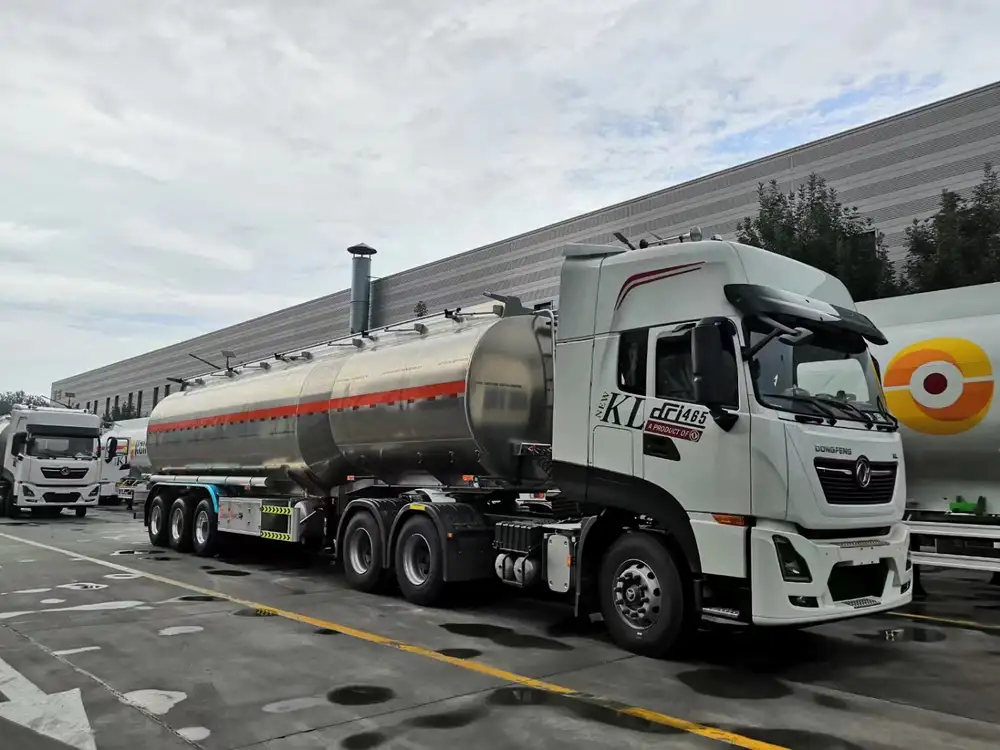
2.2 Tools Required
| Tool | Purpose |
|---|---|
| Wrenches | For tightening bolts and nuts |
| Drills | For creating holes in materials |
| Saw | (Circular or hand) for cutting beams |
| Level | Ensuring a flat and even surface |
| Tape Measure | For precise measurements |
| Safety Gear | Helmets, gloves, and reflective vests |
3. Planning Your Bridge Build
Before embarking on the construction of a semi-trailer bridge, meticulous planning is fundamental. Consider the following:
3.1 Site Assessment
Conduct a thorough evaluation of the site:
- Geographical Analysis: Assess terrain and soil types.
- Span Measurement: Determine the length and width needed.
- Load Capacity: Calculate expected traffic weight to ensure structural integrity.

3.2 Design Considerations
Innovative designs can optimize function and aesthetics:
- Single vs. Dual Semi-Trailer: A single trailer can suffice for smaller spans, while dual configurations provide increased stability and capacity.
- Support Materials: Reinforcement with I-beams or trusses can significantly increase load-bearing capabilities.
3.3 Regulations and Permits
Comply with local regulations concerning temporary and permanent structures:
- Building Codes: Ensure adherence to applicable standards.
- Permits: Acquire necessary approvals from authorities.
4. Step-by-Step Construction Process
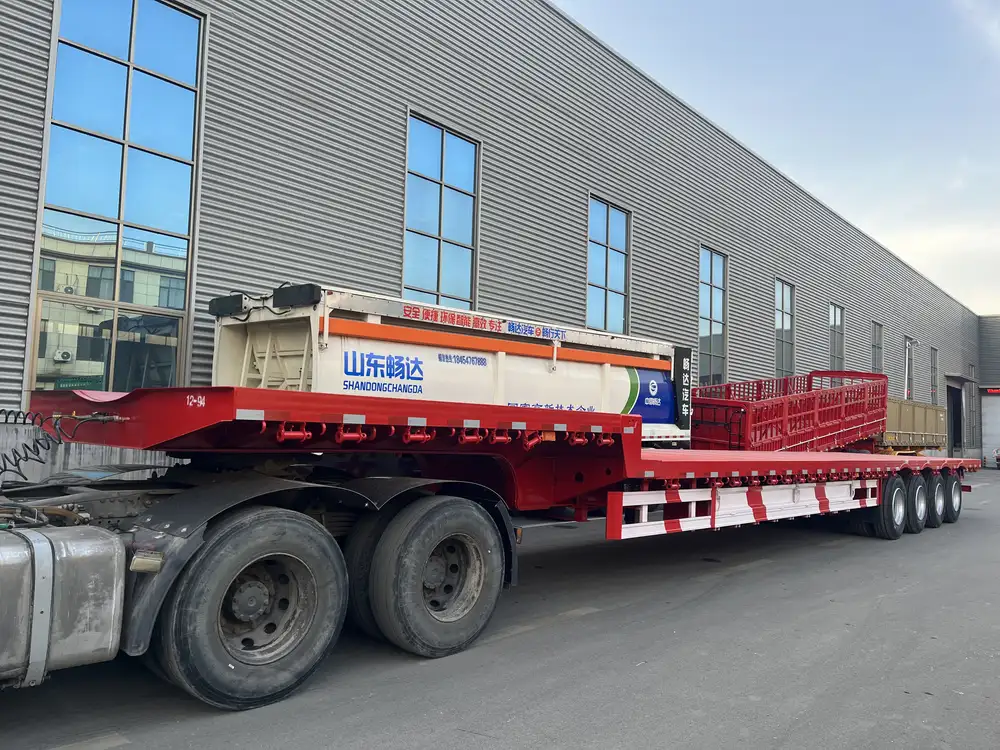
4.1 Step 1: Preparation of the Site
- Clear the Area: Remove debris, vegetation, and any obstacles.
- Mark the Boundaries: Utilize flags or paint to outline bridge limits.
4.2 Step 2: Transportation of Materials
Engage reliable transport mechanisms to deliver semi-trailer materials to the build site.
4.3 Step 3: Laying the Foundation
- Create a Level Base: Use a level app to verify flatness.
- Install Supports: Position I-beams or wooden blocks to serve as foundation supports.
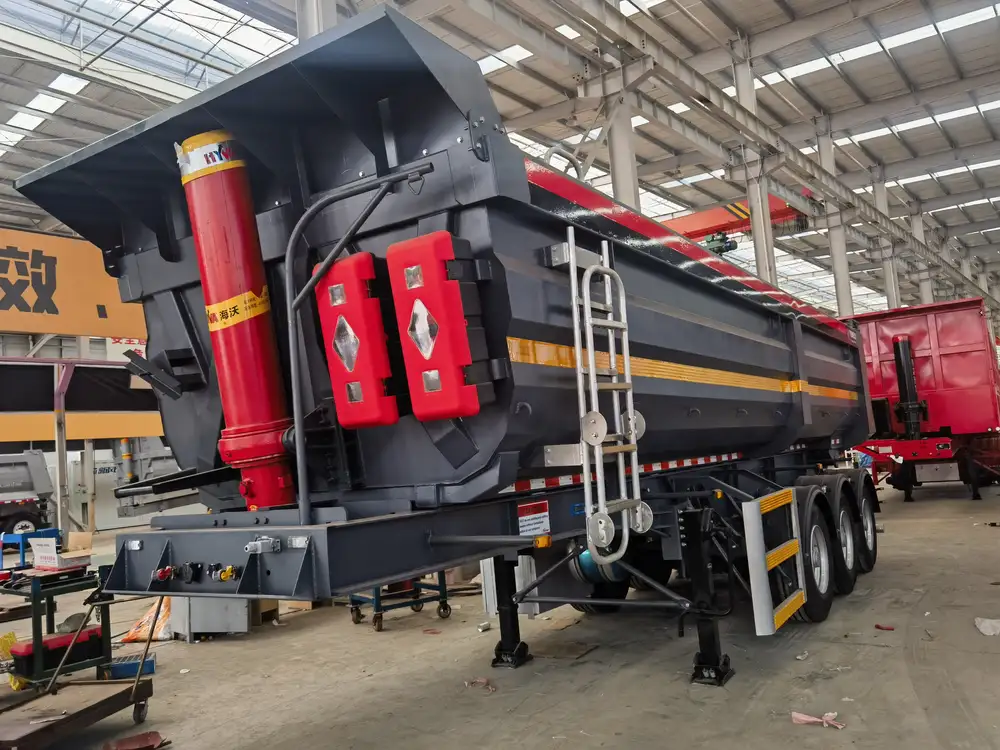
4.4 Step 4: Positioning the Semi-Trailer
- Carefully Maneuver the Trailer: Utilize cranes or heavy-duty tow trucks to position it accurately.
- Secure the Trailer: Ensure it rests evenly on foundation supports.
4.5 Step 5: Enhancing Structural Stability
- Add Additional Beams: Cross-bracing may be necessary for extra support.
- Install Decking: Lay down plywood or metal sheeting across the trailer.
4.6 Step 6: Final Inspection and Testing
- Conduct a Load Test: Gradually introduce weight to verify structural integrity.
- Final Checks: Inspect all bolts and connections for security.

5. Safety Considerations
Safety cannot be overstated in bridge construction:
- Use Protective Equipment: Always wear safety gear.
- Regular Breaks: Minimize fatigue-related risks by scheduling short breaks.
- Emergency Plan: Have a first-aid kit and an emergency contact list readily available.
6. Maintenance of Semi-Trailer Bridges
6.1 Regular Inspections
Set up a schedule for regular inspections to identify:
- Rust and Corrosion: Especially if the trailer is in contact with moisture.
- Joint Stability: Ensure bolts are secure and not loosening over time.
- Surface Integrity: Check for wear and tear in the decking material.
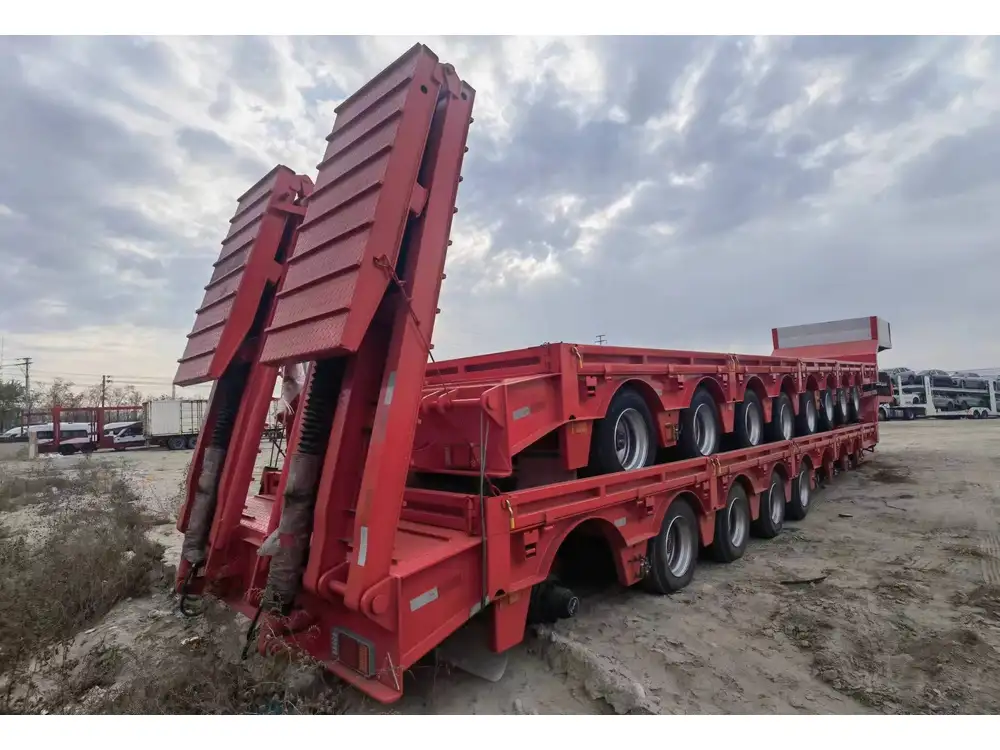
6.2 Timely Repairs
Address minor issues promptly to prevent major failures:
- Reinforcement: Add support if any settling has occurred.
- Replacement of Materials: Swap out any damaged parts immediately.
7. Case Studies of Semi-Trailer Bridges
Case Study 1: Rural Access Bridge
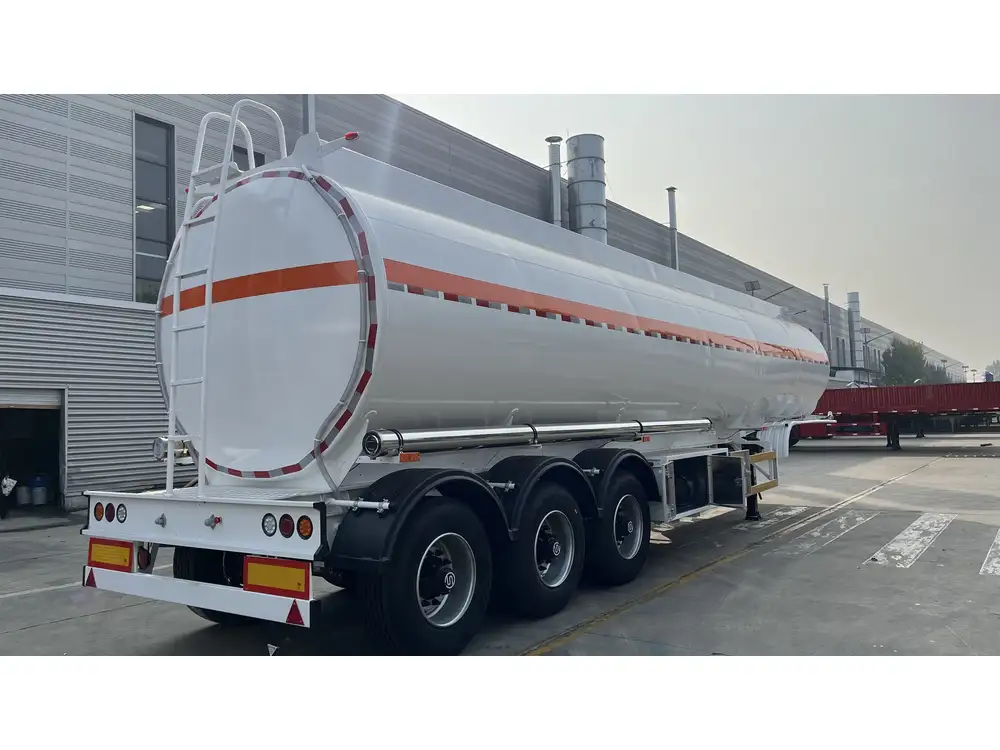
Overview
In a rural village, a semi-trailer bridge was constructed to facilitate heavy farm equipment movement across a stream.
Outcome
- Efficiency: Reduced travel time by 40%.
- Community Impact: Improved safety for children commuting to school.
Case Study 2: Disaster Relief Scenario
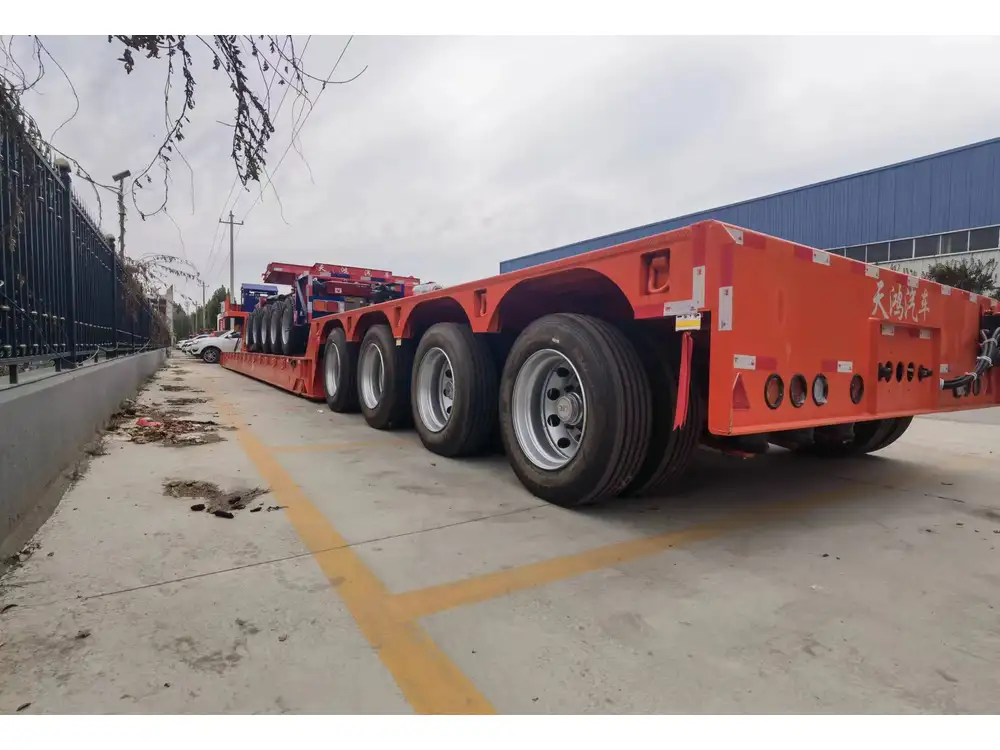
Overview
After a flood, a temporary bridge was created with semi-trailers to restore emergency services access.
Outcome
- Rapid Deployment: Completed within three days.
- Positive Response: Enabled timely distribution of aid and recovery resources.
8. Conclusion
Building a bridge using a semi-trailer can offer an effective solution for various logistical and practical challenges. By following a structured approach encompassing planning, construction, and maintenance, this method not only fulfills immediate accessibility needs but also promotes innovation in overcoming obstacles. With careful attention to detail and compliance with safety regulations, these bridges can provide lasting utility and serve communities effectively for years to come.
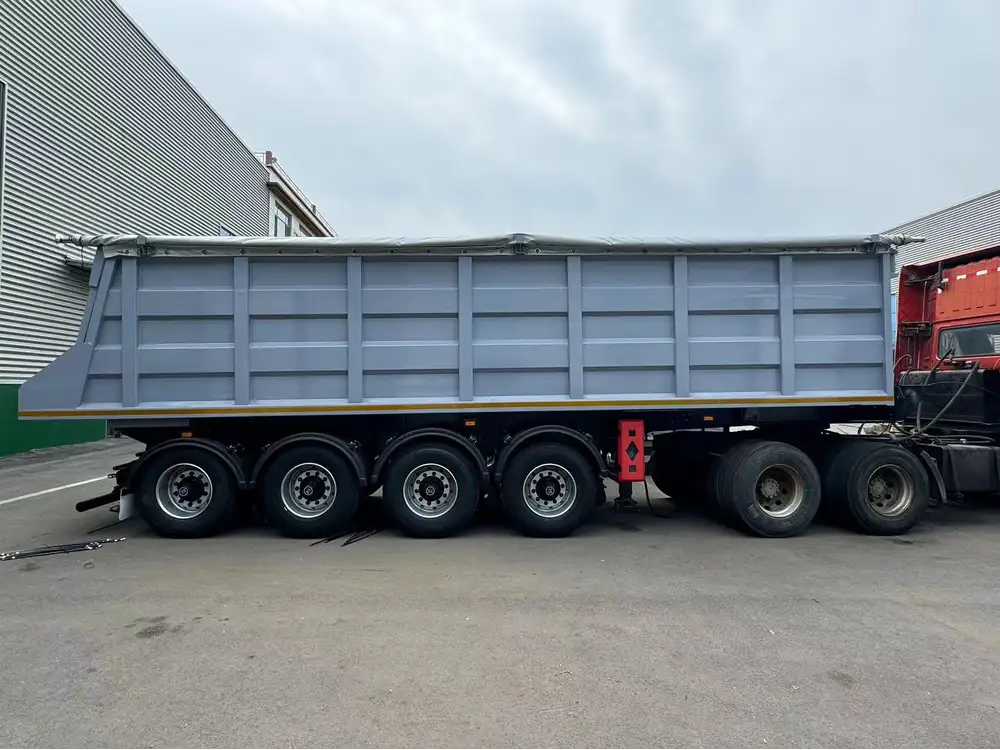
9. FAQs
Q1: What weight can a semi-trailer bridge support?
The load capacity largely depends on the design and materials used, but typical semi-trailer bridges can support between 20,000 to 40,000 pounds.
Q2: How long does it take to construct a semi-trailer bridge?
A straightforward construction process can take anywhere from one to several days, depending on the design complexity and site readiness.
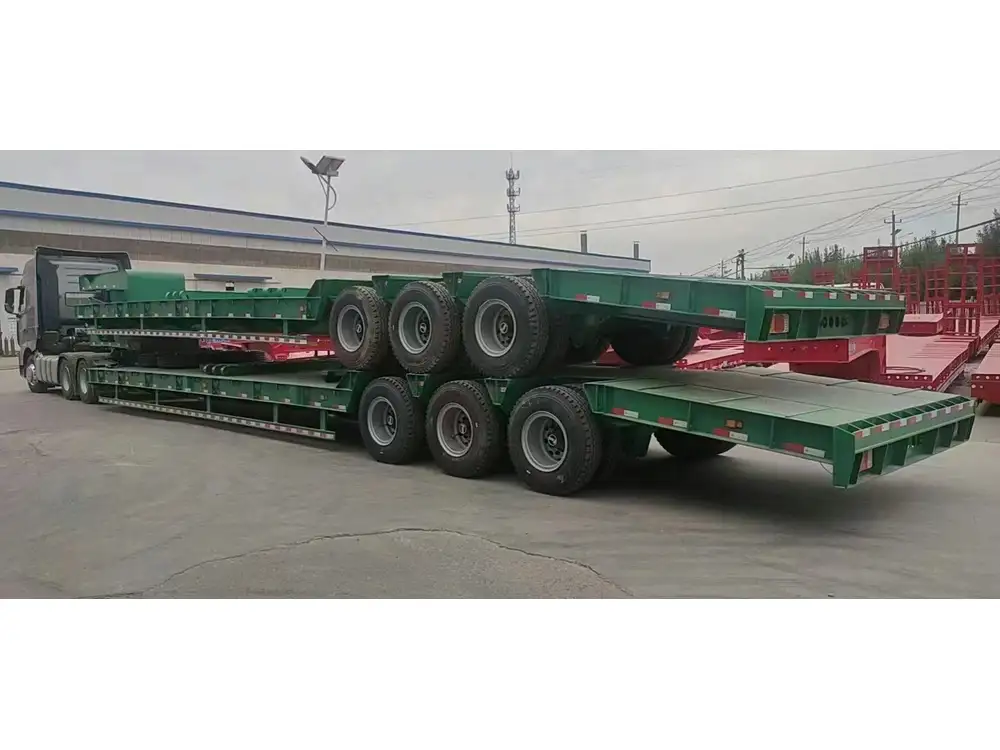
Q3: Can semi-trailer bridges be portable?
Yes, one of the significant advantages of a semi-trailer bridge is its portability. They can be relocated as needed, providing flexibility in their use.
Q4: What type of semi-trailer is best suited for bridge construction?
A flatbed semi-trailer is most commonly utilized due to its stable base and robust structure, but ensure it’s rated for the required load and span.
Q5: Are there any alternatives to semi-trailer bridges?
Alternatives include modular bridges, temporary pontoons, or even traditional wooden bridges; however, semi-trailer bridges are often quicker to establish and take down.
By embracing innovation and adopting a systematic approach, your endeavors to build a semi-trailer bridge can yield substantial results, reinforcing infrastructure while addressing the pressing demands of accessibility and utility.



